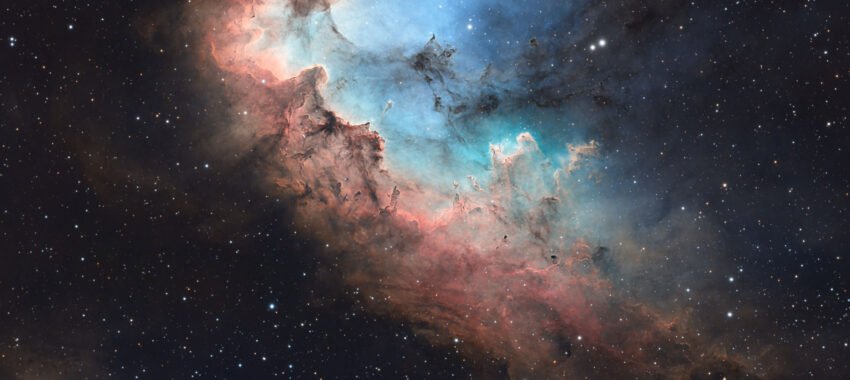I open another door and step into the world of narrowband astrophotography. It is completely new to me in terms of technique, image processing, and aesthetic experience.
NGC 7380, also known as the Wizard Nebula, is a young star-forming region located in the constellation Cepheus, approximately 7,000–8,000 light-years away from Earth. The nebula itself surrounds an open star cluster that formed from the cloud of gas and dust we observe today. NGC 7380 is about 4 million years old, making it relatively young on an astronomical scale.
The Wizard Nebula primarily contains hydrogen, sulfur, and oxygen – elements that are fundamental to the process of star formation. This emission nebula owes its characteristic shapes to the intense ultraviolet radiation emitted by massive, hot stars within it. This radiation ionizes the surrounding gas, causing it to glow, which can be captured using narrowband filters such as H-alpha, SII, and OIII. These filters allow us to see various structures in the nebula, such as knots of gas, dusty pillars, and other complex formations.
It is worth noting that the NGC 7380 star cluster will exist for tens of millions of years, but the nebula itself will disperse much sooner, expanding into space due to stellar winds and supernova explosions.I take great satisfaction in knowing that I was able to capture this brief, yet incredibly fascinating phase in the life of this cosmic object.
Lights exposures: Ha – 87 x 600s ; SII – 65 x 600s ; OIII – 68 x 600s
Sensor temperature -10*C ; GAIN 26, OffSet 30
Calibration frames:Flat, Bias, Dark x 50
Telescope: TSAPO 140/910 (f/6.5)
Camera: QHY268M
The telescope mount: Paralactic iOptron CEM70EC
Acquisition: Sequence Generator PRO
Postprocessing: PixInsight (100%)
Narrowbands Ha, SII, OIII
Narrowband filters are a key tool in astrophotography, allowing the capture of specific wavelengths of light emitted by cosmic objects. The most popular among them are the H-alpha, SII, and OIII filters, which enable the photography of nebulae, galaxies, and other deep-sky objects in a way that is inaccessible to the human eye.
The human eye is most sensitive to light in the visible range, from approximately 400 to 700 nanometers, but it cannot detect the details emitted by objects that emit narrow bands of wavelengths, such as those captured by the H-alpha (656.3 nm), SII (673.1 nm), or OIII (501 nm) filters. Narrowband filters effectively block broader wavelengths, such as those from urban light pollution, and allow only a narrow range of wavelengths emitted by specific elements in space to pass through.
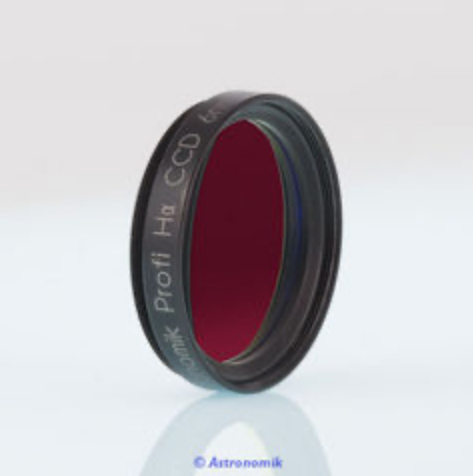
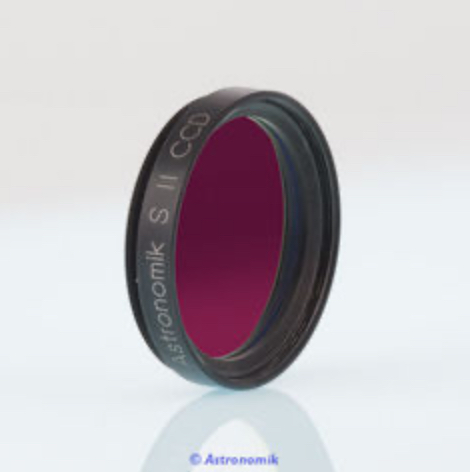
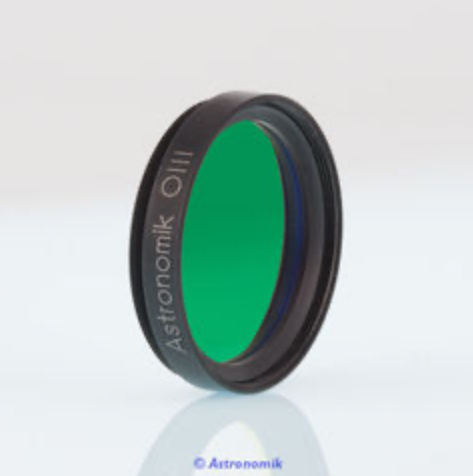
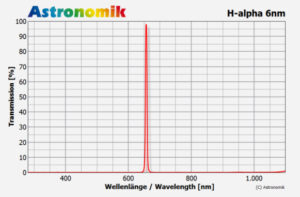
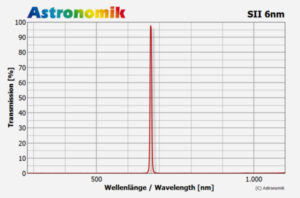
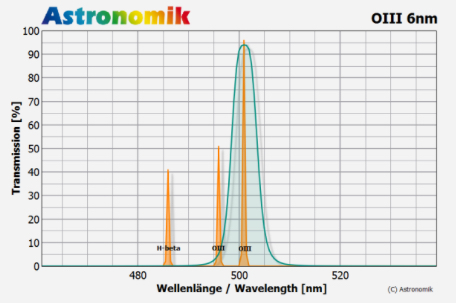
H-alpha corresponds to light emitted by ionized hydrogen, which dominates in emission nebulae. SII captures ionized sulfur, and OIII records doubly ionized oxygen, providing wide possibilities for creating detailed, colorful images of nebulae. With these filters, astrophotographers can capture the beauty of the cosmos, which is invisible to the naked eye under normal conditions, while also reducing the impact of background light, resulting in much more detailed images.
